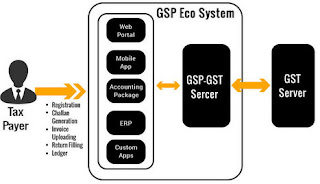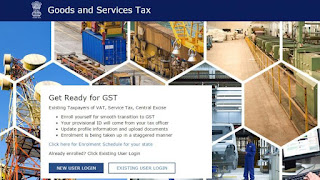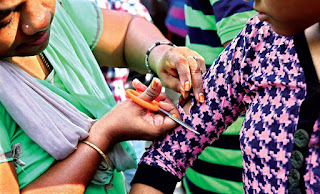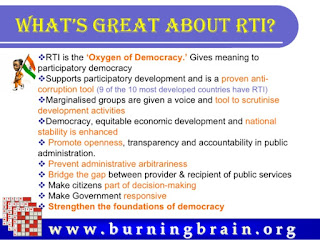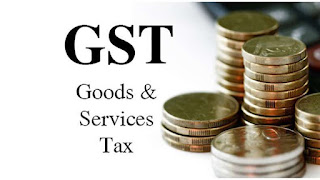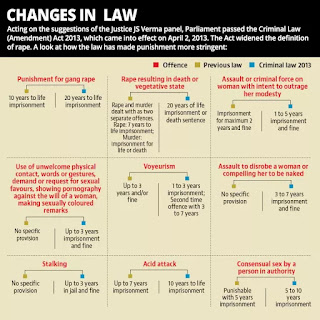Introduction
Lokpal and Lokayukta Act 2013 proposes to set up an anti-corruption ombudsman in the Indian states. Its main duty is to help people come out with the instances of corruption among the Politicians and Government Officials. It essentially implements the Prevention of Corruption Act 1988. As a result of the interference of this ombudsman, many of those have been charged with corruption have begun facing the legal proceedings against them. This ombudsman organization works along with the Income Tax Department and the Anti-Corruption Bureau to publicize the corrupt people in the Government set-up. The act of 2013 establishes by the law Lokpal for the Union and Lokayukta for the member states. This act covers entire India, including Jammu and Kashmir which enjoys special powers under article 370. As per the statutes of the act, the “public servants” working within and outside India come under its scrutiny. According to this anti-corruption act, “public functionary” definition applies to both Politicians and Government Officials who depend on the taxpayers’ money for their sustenance.

Brief History
In 1966, the Administrative Reforms Commission (ARC) headed by Shri. Morarji Desai submitted an interim report on “Problems of Redressal of Citizen’s Grievances”. In this interim report, the ARC had recommended the setting up of two special authorities to deal with the grievances aired by the citizens. At that time, a Parliament member Laxmi Mall Singhvi coined the term Lokayukta. While participating in the debate on grievance mechanisms, he borrowed the Sanskrit words Lok (people) and Pala (protector) and stood for the setting up of an anti-corruption mechanism under this name. Thus the word Lokpal literally means “Caretaker of the People”. Accepting the word Lokpal, the ARC recommended for the creation of Lokpal for the Union and Lokayukta for the States of the Indian Union.
Lokpal and Lokayukta Bill
Implementing the interim report, the Union Government introduced the Lokpal Bill in 1968 for the first time. Due to several reasons, the tabled bill could not get the approval from both the houses of Parliament. Taking the cue from first Lokpal bill at the Centre, the western state of Maharashtra introduced the Maharashtra Lokayukta and Upa-Lokayukta Act in 1971 to create Lokayukta in the State. After that, many other states had established the anti-corruption ombudsmen in their states. At present, the States such as Andhra Pradesh, Meghalaya, Arunachal Pradesh, Sikkim, Nagaland, Jammu and Kashmir, West Bengal and Tripura don’t have the institutions of Lokayukta in their respective States. The current form of Lokpal and Lokayukta Bill came as a draft for the scrutiny of the Parliament in 2010. The government tabled this bill in the Parliament after the noted Freedom Fighter Anna Hazare sat on the “hunger strike” demanding a law to tackle the growing menace of corruption in the country. His strike had found support from across the country, forcing the then United Progressive Alliance (UPA) Government at the Centre to suddenly draft an anti-corruption ombudsman bill. After a lot of deliberation, the bill was finally passed by both the houses of Parliament in 2013 in time to curb the unrest among the citizens.

Composition of Lokpal
As per the law, Lokpal is a statutory, multi-member body which has no constitutional backing. It consists of one Chairperson and a maximum of 8 members. The Members of Parliament, Members of State Legislative Assembly, Members of Panchayat and Municipality, persons convicted of any offence, politicians, people who are removed from the public services due to their inappropriate actions, persons holding any office of trust or business organization are not eligible to hold the coveted post of Chairperson in Lokpal.
1.
Chairperson: A person becomes eligible for the appointment as Chairperson of Lokpal if he is a former Chief Justice of India, a former member of Supreme Court or an eminent person with impeccable integrity and outstanding ability. Additionally, he should have adequate knowledge and 25 years of experience in the matters of the anti-corruption policy, finance, vigilance, law and management, and public administration.
2.
Members: Out of 8 permissible members, half will be coming from the judiciary. Rest 50% of members will be from OBC/SC/ST/women and minorities. Judicial members should either be a former Judge of Supreme Court or a former Chief Justice of a High Court. In the case of non-judicial members, they should be eminent persons with impeccable integrity and outstanding ability in their chosen professional areas. They should have at least of 25 years of experience in matters relating to anti-corruption policy, vigilance, public administration, vigilance, law, management, and finance.
Lokpal Officials
There are three officials who work under the anti-corruption ombudsman. The Chairperson appoints them after consulting with other members. They are Secretary to Lokpal and Directors of Inquiry and Prosecution. The Chairperson appoints Secretary from a panel of names suggested by the Central Government. The Chairperson also appoints the Directors of Inquiry and Prosecution. These high-ranking officers cannot be below the rank of Additional Secretary to the Government of India.
Lokpal Wings
According to the Lokpal and Lokayukta Act 2013, the anti-corruption ombudsman would constitute an inquiry wing under the Director of Enquiry. This wing would conduct the preliminary inquiry into an alleged offense committed by a public servant. If convicted, the person is punishable under the Prevention of Corruption Act of 1988. Similarly, the prosecution wing would be constituted under the leadership of the Director of Prosecution. This wing prosecutes the public servants who have been found to commit crime prima facie.
Lokpal’s Jurisdiction
As per the law, all public servants come under the purview of the anti-corruption ombudsman. It does not matter whether the public servant was inside or outside the country at the time of the alleged crime. Even the Prime Minister of the country comes under the ambit of the law under certain conditions. Other people who come under the purview of the Lokpal include the Union Ministers, Members of Parliament, Officers coming under Groups A, B, C and D, and persons who are in charge of any society or organization set up by the Central Act or any other body financed or controlled by the Central Government. The persons who get involved in the act of abetting, giving or taking bribe also come under the ambit of the law automatically.
Lokpal Benches
The anti-corruption law proposes to set up the Lokpal benches. The Chairperson constitutes these benches as per his discretion. Ideally, each Lokpal bench will have two or more members. About 50% of the members in each Lokpal Bench should be judicial members. If the bench has the Chairperson, he will oversee it. In cases of benches that don’t have the Chairperson, the judicial member will preside over them. The sitting of these benches may take place in New Delhi or any other place as decided by the Lokpal. Sometimes, the existing benches get re-constituted to get the required output. This would be done by the Chairperson himself if the situation warrants so.
Working of Lokpal
When citizens air their complaints, Lokpal receives them. Then, the anti-corruption ombudsman analyzes them to check their veracity. Once it decides to go ahead, Lokpal would order a preliminary inquiry. This would be done either by the inquiry wing or any other Central Government agency, such as Delhi Special Police Establishment, Central Bureau of Investigation (CBI), etc. The preliminary inquiry has to get completed within 90 days of receiving the complaint. However, the time of inquiry can be extended for further 90 days if the enquiring official requests in writing with sufficient reasons for it. This inquiry would find out whether there is any prima facie case to go ahead. Further recommendations on the case would be done on a case-to-case basis.
1. If the complaints are against officers of Group A to Group D services, the ombudsman would refer it to Central Vigilance Commissioner (CVC) for the follow-up action. CVC would enquire and report the development back to Lokpal directly in case of Group A and Group B officers.
2. CVC would probe and start action against the erring Group C and Group D officers as per the CVC Act of 2005.
Powers of Lokpal
Its inquiry wing has the power to search and seize objects – both movable and immovable objects – and make reports based on them. These reports would be taken up by the 3-member Lokpal benches for further scrutiny. The benches would give the opportunities for the allegedly corrupt officers to say in their defense. After this, the benches would undertake any of the following alternatives.
1. If the officers are found guilty, the benches would grant their sanction to the prosecution wing or CBI to file charge sheets against them. The benches can also direct the concerned government departments to start proceedings against them.
2. If the officers are found innocent, the benches would direct the filing of the closure of case reports before the Special Court. Now, the benches would proceed against the complainants for filing false complaints.













